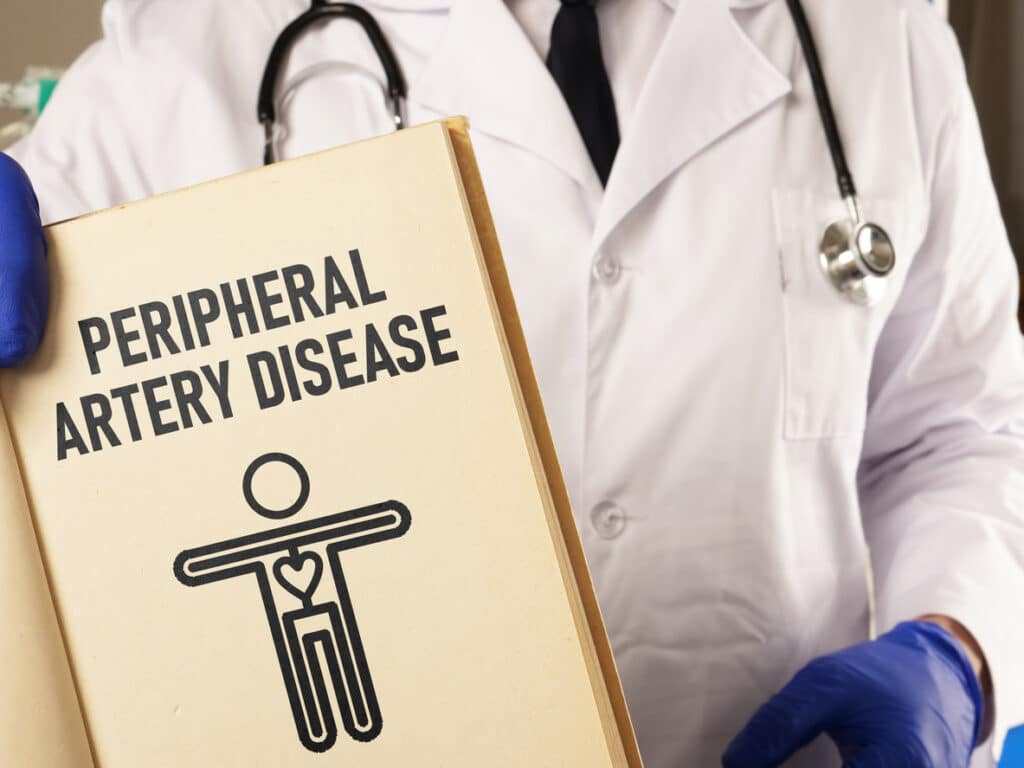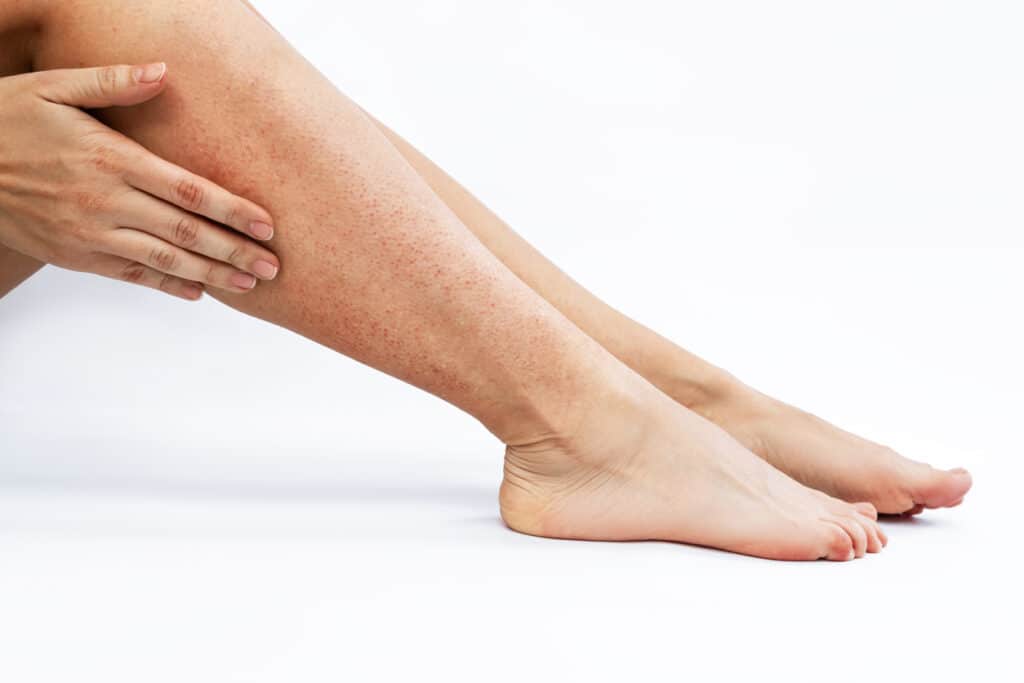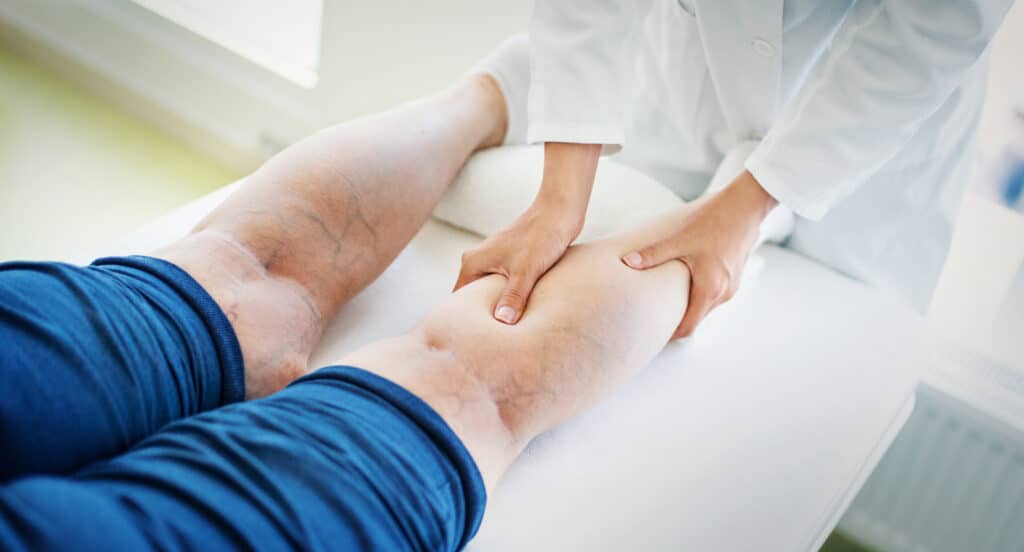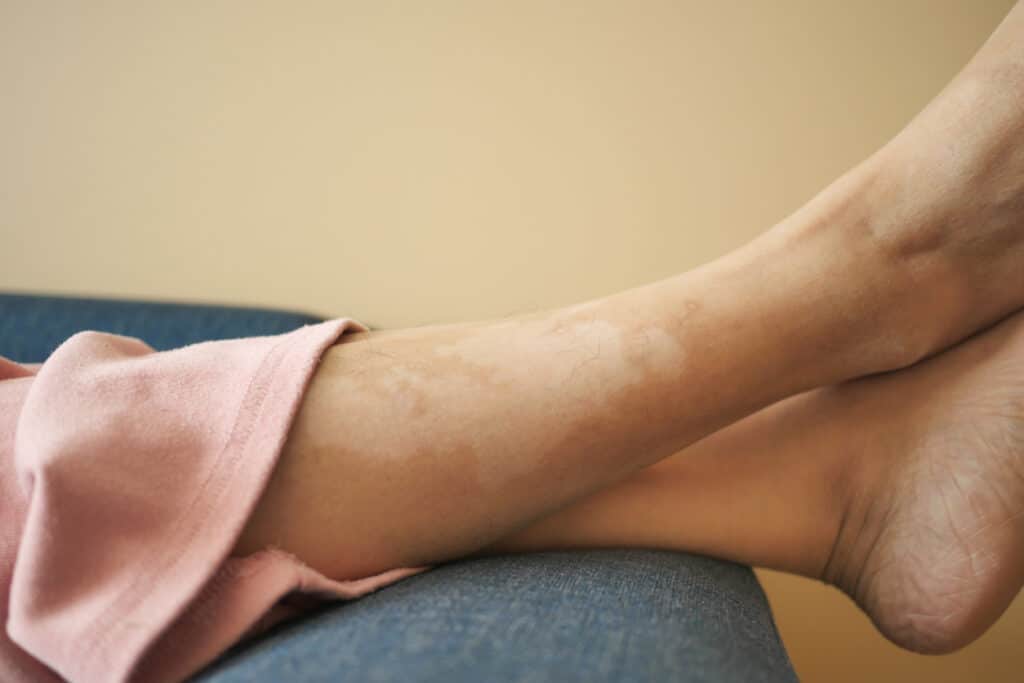Deep vein thrombosis is a condition in which a blood clot forms in one of your deep veins, often in the legs. DVT can cause severe pain and swelling, which can bring down your quality of life and even limit your mobility, depending on where it occurs.
Those who sit for long periods of time are at great risk of DVT since the blood pools in the legs and can clot. DVT is also likely in those with a family history, pregnant women, those who are overweight, those who have a history of clotting, and those who are over 40, among others.
Here’s a closer look at the causes of Deep Vein Thrombosis. Additionally, we will look at the dangers of DVT and how it can be treated:
Causes of Deep Vein Thrombosis
Anything that increases the pressure in the legs or causes the blood to pool there will increase the likelihood of developing DVT. That’s why pregnancy and obesity are listed as causes. The extra weight puts pressure on those veins and makes it harder for the blood to circulate back up to the heart. Therefore, the blood is more likely to clot.
DVT is most common in adults over age 60. But it can occur at any age. When a clot breaks off and moves through the bloodstream, it is called an embolism. An embolism can get stuck in the blood vessels in the brain, lungs, heart, or another area, leading to severe damage.
Blood clots may form when something slows or changes the flow of blood in the veins. Risk factors include:
- A pacemaker catheter that has been passed through the vein in the groin
- Bed rest or sitting in one position for too long, such as plane travel
- Family history of blood clots
- Fractures in the pelvis or legs
- Giving birth within the last 6 months
- Pregnancy
- Obesity
- Recent surgery (most commonly hip, knee, or female pelvic surgery)
- Too many blood cells being made by the bone marrow, causing the blood to be thicker than normal (polycythemia vera)
- Having an indwelling (long-term) catheter in a blood vessel
Blood is more likely to clot in someone who has certain problems or disorders, such as:
- Cancer
- Certain autoimmune disorders, such as lupus
- Cigarette smoking
- Conditions that make it more likely to develop blood clots
- Taking estrogens or birth control pills (this risk is even higher with smoking)
Sitting for long periods when traveling can increase the risk for DVT. This is most likely when you also have one or more of the risk factors listed above.
Dangers of DVT
The most serious danger of DVT is pulmonary embolism, which occurs when the clot dislodges and moves to the lungs. Pulmonary embolism can be fatal, or it can lead to complications like heart failure or trouble breathing.
Postthrombotic syndrome can also occur. This syndrome can result in pain and swelling around the area of the clot, darkened skin, sores on the skin, and varicose veins. This condition is not as dangerous as pulmonary embolism, but it can be very uncomfortable and lower your quality of life.
Treatment for deep vein thrombosis can include lifestyle changes or surgery. Some options include surgically removing the clot or placing a stent or balloon angioplasty in a vein to enlarge the opening and allow blood to flow more freely.
Lifestyle changes can include getting exercise more regularly to promote circulation and strengthen the muscles. If you sit for long periods, you can elevate the arms and legs or get up periodically to take short walks around the room or the building. You can also wear compression stockings that help promote circulation.
Talk with your doctor if you have any symptoms or if you have any of the risks for DVT. Some cases have no symptoms, so you don’t know you have it until you are dealing with a more serious problem.
Even if you already have DVT, there is help and successful treatments. Call the Coastal Vascular Center at 281-949-6020 today to learn more about your options regarding DVT and let us help you find the ideal treatment.




